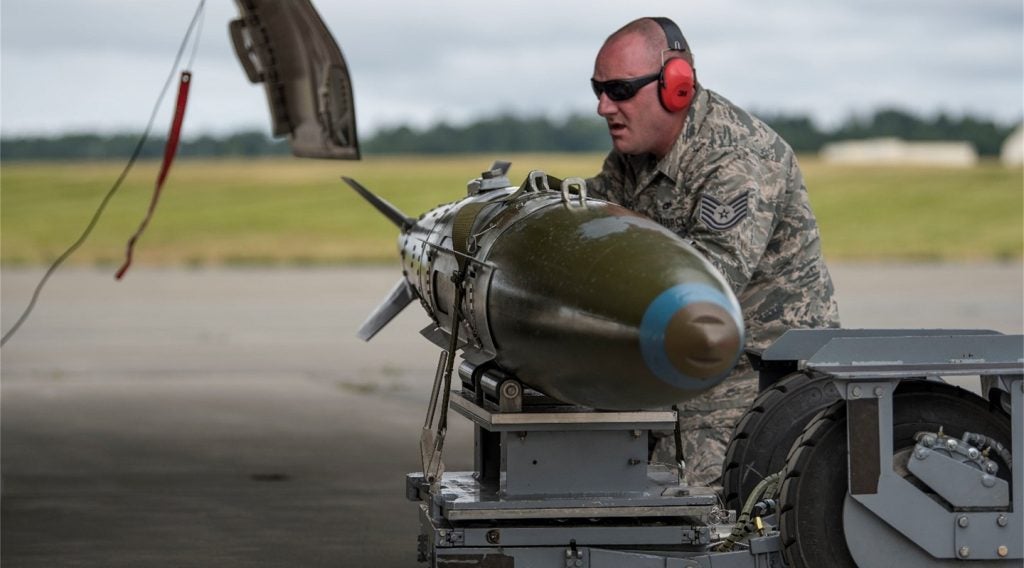
The Australian Department of Defence has decided to extend the operations of Heron remotely piloted aircraft (RPA) over the next six years.
The move forms part of a plan to ensure the Royal Australian Air Force (RAAF) pilots maintain the skills to operate unmanned aerial systems (UAS), until the introduction of the MQ-4C Triton.
Australian Defence Minister David Johnston said: "The Heron is a proven capability, providing ‘eyes in the sky’ for our troops in the Middle East.
"The retention the Heron following their withdrawal from Afghanistan later this year will ensure Australia remains at the forefront of this advancing technology.
"This is prudent planning for possible future defence scenarios."
Heron operation is expected to cost $120m to RAAF over the next six years. This will be spent on portable ground control stations initially based at Woomera, as well as maintenance, logistics, training and renovations to facilities at RAAF Base Amberley.
How well do you really know your competitors?
Access the most comprehensive Company Profiles on the market, powered by GlobalData. Save hours of research. Gain competitive edge.

Thank you!
Your download email will arrive shortly
Not ready to buy yet? Download a free sample
We are confident about the unique quality of our Company Profiles. However, we want you to make the most beneficial decision for your business, so we offer a free sample that you can download by submitting the below form
By GlobalDataThe Defence Department also awarded a $35.6m contract to MacDonald, Dettwiler and Associates (MDA) to provide UAS operations and related services to RAAF within Australia up until December 2017. There will be options for this contract to be extended by an additional three years.
The contract extension is scheduled to be funded from within the existing RAAF budget, through a redistribution of tasks and priorities.
One Heron is already operated by the RAAF in restricted military airspace and is used for training purposes from Woomera Airfield in South Australia.
Johnston said: "The additional Heron aircraft will provide greater opportunities for training and the development of robust tactics, techniques and procedures for operating complex UAS platforms, as well as the integration into Australian airspace."
In future, the Heron’s operations will be expanded from Woomera to other defence and civilian airfields, in order to provide assistance during natural disasters at the request of state governments.
Since January 2010, Heron has provided critically important real-time intelligence, surveillance and reconnaissance information to the Australian ground commanders in Afghanistan.
Image: A Royal Australian Air Force Heron remotely piloted aircraft landing at Kandahar Airfield, Afghanistan. Photo: courtesy of corporal Raymond Vance/Commonwealth of Australia.








